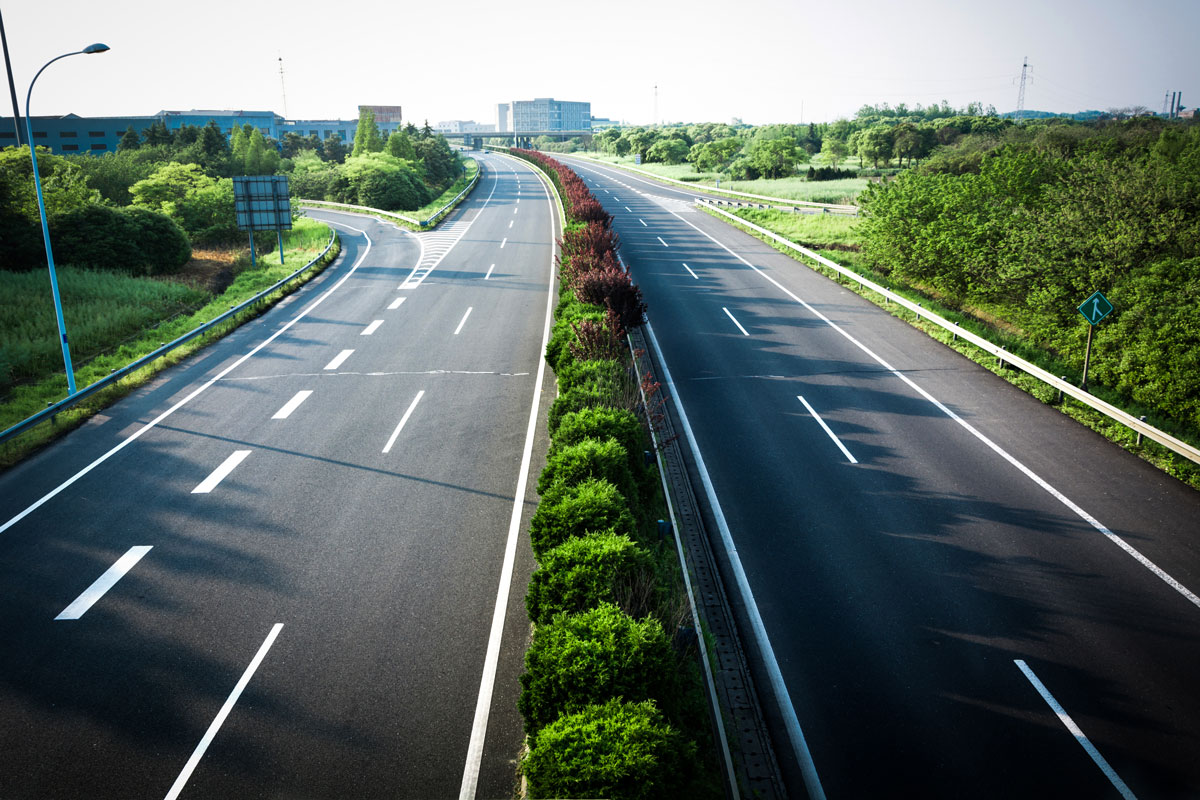A common stereotype regarding electric vehicles is that these are substantially more expensive than their ICE equivalents. This holds true for trucks, but not for vans. Indeed, despite a higher acquisition cost, E-vans have an average Total Cost of Ownership (TCO) (purchase price + operating costs + depreciation) 8% lower than ICE vans. This stems from the fact that E-vans have cheap operating costs, due to low energy prices (electricity vs. diesel) and because they seldomly need to undergo maintenance. In addition, E-vans are subject to tax benefits, such as the MIA (Milieu-investeringsaftrek), the VAMIL and low MRB rates, which when accounted for in the TCO, makes them 15% cheaper than their ICE equivalents (source: European Federation for Transport and Environment). Financially speaking, E-vans have a better return on investment (ROI) than ICE vans within 3 years on average (see graph), and are thus a good investment. An important note, E-vans subsidies are shrinking overtime as the electric trend gains momentum in the market, early movers will thus have a significant financial advantage over laggers. [JV1] [MK2]
Van acquisition and yearly cost breakdown
| Cost center (yearly) | ICE Van | E-Van (with subventions) | E-Van cost vs. ICE Van |
| Acquisition (one-off) | €30 K | €37 K (-€6 K subsidies) | +23% |
| Depreciation | €6 K* | €4,6 K** | -23% |
| Maintenance*** | €1,7K | €0,8 K | -50% |
| Fuel & Energy | €5,6K | €4,4K | -21% |
| Yearly costs | €13,3 K | €9,8 K | -26% |
*: 20% depreciation rate per year for diesel delivery vans (life expectancy = 5 years), Belastingdienst
**: 12,5% dep depreciation rate per year for electric delivery vans (life expectancy = 8 years)
***: Maintenance cost per km driven: € 0,04 / km for ICE van, € 0,02 / km for E-van, AutoZone

Offering emission-free deliveries is also a source of increased revenues and profits for LM companies. Indeed a survey conducted by BCG found out that over 57% of end consumers and 82% of companies are respectively willing to pay a 10% and a 3% premium for sustainable delivery services (source: Survey: Even environmentally indifferent consumers want sustainable shipping option). Another survey conducted by FreightWaves reports that 71% of consumers are more loyal to brands which offer emission-free services versus brands that do not (source: Customers’ Willingness to Pay Can Turn the Tide Toward Decarbonized Shipping). E-vans can thus be a source of competitive advantage for LM delivery companies which typically operate in a low-margin industries with volatile customers.
Another stereotype regarding E-vans is that their limited ranges (kms) and long charging times make them unfit for intensive LM operations. Range wise, this is not true with the latest E-van generation averaging an operating range of 343 km on a single charge. Which is far more than what most LM service providers need per day to ensure clients’ deliveries. Also, the charging speed has drastically improved in the past years with E-vans being fully charged within less than 45 minutes on DC chargers (100 KW) and within 7 hours on AC chargers (14 KW) (4Supplychain market research). Furthermore, the public charging infrastructure in the Netherlands is one of the best in the world with over 125,000 AC charging points and 5,200 DC charging points spread across the country (source: Dutch national charging infrastructure agenda), making it possible for most LM companies to charge their E-vans without having to bear burdensome investment costs upfront.
Finally, another two-fold argument for LM delivery companies to already start investing in E-vans stems from the fact that most Dutch municipalities will rollout zero-emission zones as per January 2025 in which ICE vehicles will be forbidden, zones which will progressively expend overtime (source: Zero-emission zones to be introduced in many cities from 2025). While the delivery time to acquire new E-vans is getting longer (several months) due to the increasing demand in the market. That is why numerous leading companies (PostNL, DHL, Ikea, PicNic, …) have already started to roll out ambitious fleet electrification plans and have been strengthening their E-van supply sources.
In a nutshell, it is now feasible for companies to operate their LM deliveries with E-vans if they set up resilient charging plans and processes. Nowadays, the main challenge for LM electrification has shifted to procurement. Indeed, the availability of E-Vans has shrunken as the demand from both the public and private sectors is booming, translating in order lead-times spanning over months if not years. That is why it is critical for companies striving to electrify their LM fleet to implement structured E-van procurement plan as of today. This, in turn, will enable them to experience higher and steadier revenues while bearing less costs than their ICE competitors, and to remain able to access all customers, including the one located in emission-free zones, in the long run.
Max Koldeweij – get in touch: max@4supplychain.com

